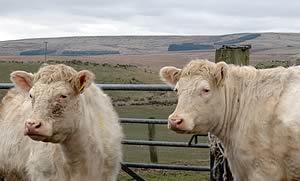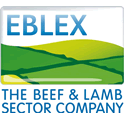 |
|||||||||
|
|||||||||||||||||||
|
|
Take Care with Immediate Cow Marketing
English dairy and beef herds should take particular care with
the renewed food chain marketing of animals born after July 1996
in the immediate aftermath of the OTM rule change, advises the
English Beef and Lamb Executive (EBLEX). Only by doing so will
they avoid a number of potential pitfalls as well as maintaining
all-important beef market stability. Without export opportunities, the immediate prospects for commercial cull cow values depend on a number of other time-related factors. These include the number and location of abattoirs approved to process Over 30 Month cattle for the food chain; differences between commercial dressing specifications and OTMS practice; the extra costs incurred by abattoirs in the segregation of carcases and by-products pending BSE test results; and the successful establishment of the new market with its associated supply chain adjustments. The marketability of cull cows will also be influenced by their farm assurance status and, in the case of dairy culls in particular, the fact that many animals are of a very different size and conformation to those last marketed commercially nearly 10 years ago. Against this background, for the immediate future, EBLEX advises cull cow producers to:
To assist producers in their planning, an up-to-date list of all abattoirs approved for handling Over 30 Month cattle for the food chain is available on the EBLEX website along with practical advice on achieving the greatest returns from dairy and suckler cull cows as part of a new interactive Beef Action for Profit resource – www.eblex.org.uk. |
||||||||||||||||||

|
|
||||||||||||||||||
| home | agri-services | pedigree
pen | news | dairy | beef | machinery BPS | property | organisations | site map |
|||||||||||||||||||

